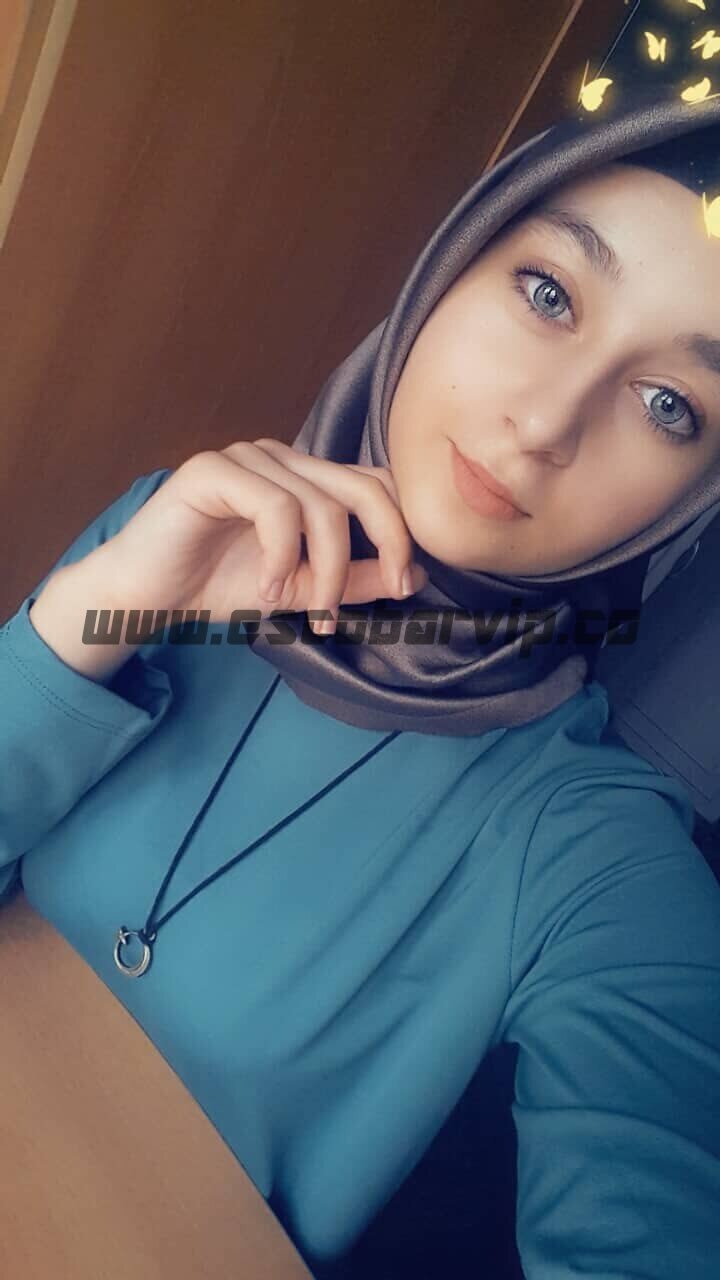Türbanlı sotve is a fascinating concept that blends tradition, fashion, and identity. Originating from the rich cultural tapestry of the Middle East, this term refers to a specific style of clothing and headwear that reflects the deep-rooted customs and values of the community. In this article, we will delve into the intricate details of türbanlı sotve, its historical significance, and its modern-day implications. Join us on this enlightening journey as we explore how this cultural phenomenon has evolved over time.
Cultural expressions such as türbanlı sotve serve as a testament to the resilience and richness of human traditions. In a world that is constantly changing, it is essential to recognize and appreciate these unique cultural markers that shape our identities. As we proceed, we will highlight the significance of türbanlı sotve in various contexts, from ceremonial occasions to everyday wear, and how it resonates with the values of the community it represents.
Table of Contents
- 1. Understanding Türbanlı Sotve
- 2. Historical Background
- 3. The Craftsmanship of Türbanlı Sotve
- 4. Türbanlı Sotve in Modern Fashion
- 5. Cultural Significance and Symbolism
- 6. How to Style Türbanlı Sotve
- 7. Conclusion
- 8. References
1. Understanding Türbanlı Sotve
Türbanlı sotve is more than just a fashion statement; it embodies a cultural identity that is deeply intertwined with tradition. Typically characterized by intricate designs and vibrant colors, türbanlı sotve serves as a symbol of pride for many individuals within the community. The term itself combines "türban," referring to a headscarf or turban, with "sotve," which signifies a type of clothing.
The Importance of Headwear in Culture
Headwear has always played a crucial role in various cultures around the world. In many communities, it signifies status, tradition, and even spirituality. The türban, in particular, has historical roots that date back centuries and has evolved into various forms across different regions.
2. Historical Background
The roots of türbanlı sotve can be traced back to ancient civilizations where clothing was not only functional but also a representation of social structure. In Middle Eastern cultures, specific styles of clothing were often reserved for particular classes or occasions. Over time, these styles have transformed, leading to the contemporary interpretations we see today.
Influence of Historical Events
Significant historical events have shaped the evolution of türbanlı sotve. For instance, the Ottoman Empire's expansion introduced new fabrics and styles that influenced local fashion. This blending of cultures has resulted in a rich variety of designs within the türbanlı sotve genre.
3. The Craftsmanship of Türbanlı Sotve
The creation of türbanlı sotve involves intricate craftsmanship and attention to detail. Artisans often employ traditional techniques passed down through generations, ensuring that each piece is unique. The materials used can range from luxurious silks to more accessible fabrics, depending on the intended use and the socio-economic status of the wearer.
Materials and Techniques
- Fabrics: Common materials include cotton, silk, and polyester.
- Techniques: Hand-embroidery, weaving, and dyeing are popular methods used in the production of türbanlı sotve.
- Design Patterns: Geometric and floral patterns are commonly featured, each carrying its own significance.
4. Türbanlı Sotve in Modern Fashion
In recent years, türbanlı sotve has seen a resurgence in popularity, particularly among younger generations. Fashion designers are reinterpreting traditional designs, merging them with contemporary aesthetics to create stylish and versatile pieces. This fusion allows individuals to express their cultural identity while embracing modern trends.
Global Influence and Trends
As global fashion continues to evolve, türbanlı sotve has made its mark on international runways. Designers are increasingly incorporating elements of this traditional attire into their collections, showcasing the beauty and versatility of türbanlı sotve to a broader audience.
5. Cultural Significance and Symbolism
Türbanlı sotve holds profound cultural significance for many individuals. It can represent religious beliefs, social status, or personal identity. Understanding the symbolism behind this attire is essential for appreciating its role within the community.
Religious and Social Implications
For some, wearing türbanlı sotve is a spiritual practice that aligns with their beliefs. It can signify modesty, respect, and adherence to cultural norms. Additionally, the choice of style and color may reflect social status or personal preference.
6. How to Style Türbanlı Sotve
Styling türbanlı sotve can be both fun and creative. Whether for a casual outing or a formal event, there are numerous ways to incorporate this beautiful attire into one’s wardrobe. Here are some tips for styling türbanlı sotve:
- Mix and Match: Pair türbanlı sotve with modern attire for a unique look.
- Accessorize: Use jewelry and other accessories to enhance your outfit.
- Color Coordination: Choose colors that complement your skin tone and personal style.
7. Conclusion
In conclusion, türbanlı sotve is a rich cultural phenomenon that deserves recognition and appreciation. Its historical roots, craftsmanship, and modern interpretations make it a significant aspect of cultural identity. As we continue to celebrate diversity in fashion, türbanlı sotve stands as a testament to the beauty of tradition and innovation working in harmony.
We invite you to share your thoughts on türbanlı sotve in the comments below. Have you had experiences wearing or styling this unique attire? Join the conversation and let’s learn from one another!
8. References
- Smith, J. (2021). Cultural Fashion: The Evolution of Traditional Attire. Fashion Journal.
- Johnson, L. (2020). The Role of Clothing in Cultural Identity. Sociology Review.
- Brown, A. (2022). Craftsmanship in Modern Fashion. Artisans Magazine.


